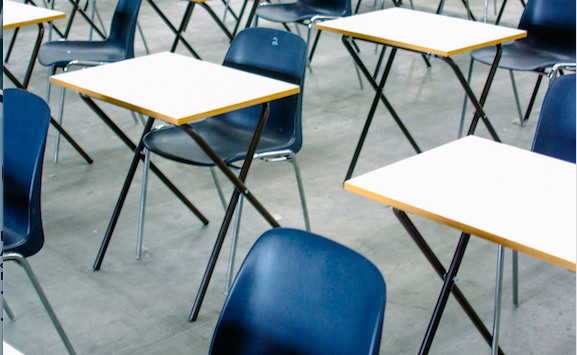As schools and districts search for ways to reduce chronic student absenteeism, a new study from Johns Hopkins University suggests an important consideration: violent crime along the route to school.
In Danger on the Way to School, researchers Julia Burdick-Will, Marc L. Stein, Jeffrey Grigg looked at 4,200 first-time high school freshmen in Baltimore City Public Schools and used mapping technology to determine their best routes to school on public transportation. (The city does not provide school buses for middle and high school students.) The researchers then overlaid police crime data for the streets that these students would need to walk along to reach school or transit stops.
Researchers found that students who must walk or wait for a bus in the areas with double the city’s average amount of violent crime are 6 percent more likely to miss school. This held true regardless of the students’ demographic characteristics, prior attendance records, their neighborhood crime rates, or their choice of schools. It was not true for students who merely rode public transit through these dangerous areas.
The research adds a new dimension to past studies showing that students from high-crime neighborhoods struggle in school. And it sheds new light on the causes of absenteeism. As the researchers put it, “These results suggest that getting to school is not just a function of school disengagement but also of real safety concerns and constraints.”
